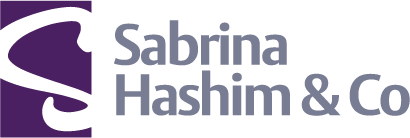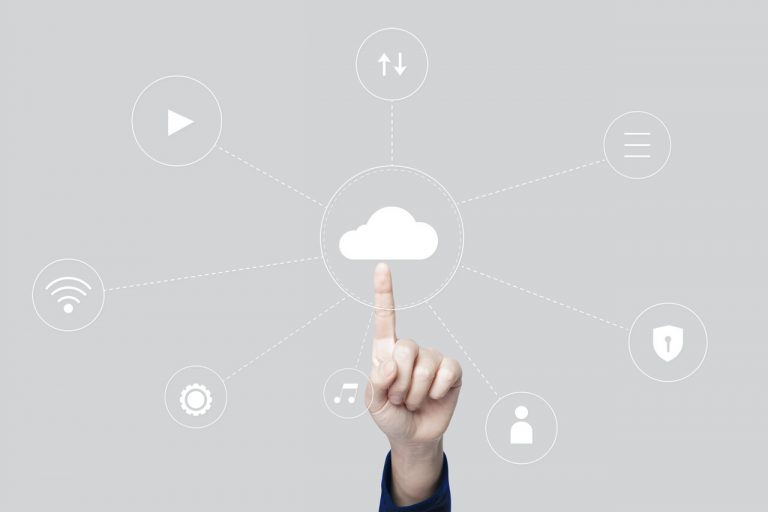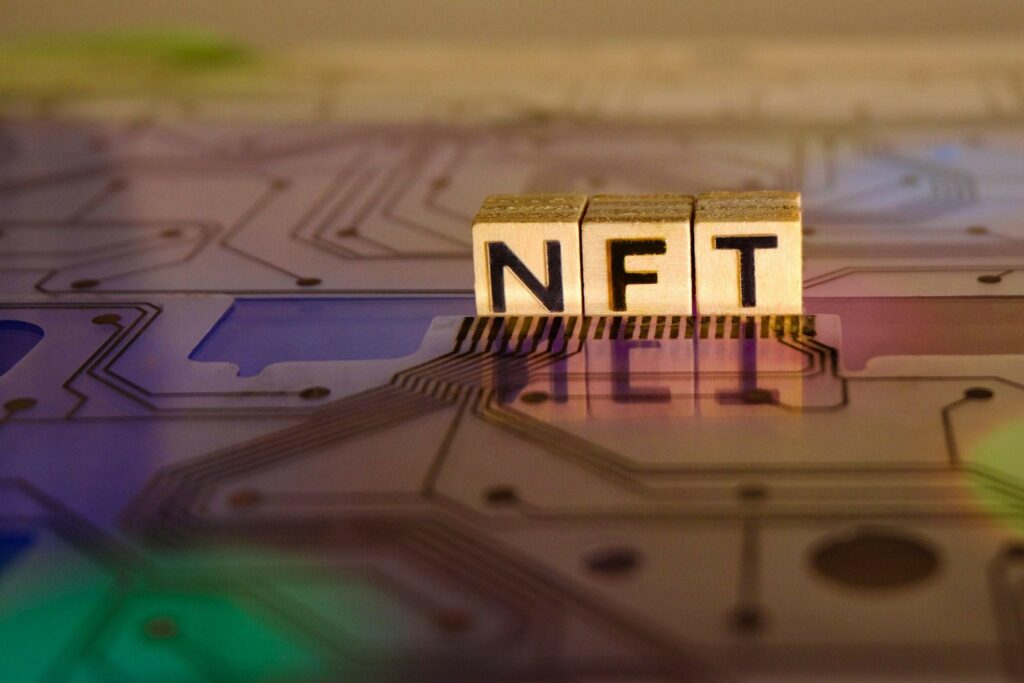Cloud computing is when the user is given access to the service provider’s technology and hardware made available through the internet. 3 main types of cloud services are software-as-a-service (SaaS), infrastructure-as-a-service (IaaS) and platform-as-a-service (PaaS).
1. SaaS (software-as-a-service)
SaaS is typical in the market. A user accesses the software from any device, anytime, with an internet connection from a user’s web browser. With SaaS, the service provider manages data, servers and storage.
Some disadvantages to consider:
- users do not have control over their data. Users need to trust the service providers and ensure they can review or download their data remotely.
- users’ data is located on the service provider’s servers and users must ensure you are comfortable with the SaaS service they are using.
- SaaS apps are not designed to integrate with your existing applications as some current systems are not cloud-enabled.
- minimal customization is allowed; therefore, users cannot change the features and capabilities of the SaaS.
2. IaaS (infrastructure-as-a-service)
Typical IaaS services are storage, networking and virtualization. IaaS is accessible through the internet. It requires less physical hardware investment and the need to have an external IT contractor managing your infrastructure. In this set-up, the user hosts their cloud-based applications on IaaS platforms.
Some disadvantages to consider:
- moving from an on-site infrastructure to the cloud poses security threats. Users must review new threats and implement strategies when moving from an on-site infrastructure to the cloud.
- older systems may not be compatible with cloud services, and users must review legacy technology and applications for compatibility.
Read More: IT Contracts Malaysia: 5 Principal Types of IT Contracts In A Nutshell
3. PaaS (platform-as-a-service)
Software developers typically use PaaS online platform (hardware and software) to create their software or application. Software developers can create and focus on developing software or application without managing other tasks such as applying security patches and software updates.
Some disadvantages to consider:
- application data is stored on the service provider’s servers, and users must ensure you are comfortable with the PaaS service they are using.
- PaaS is not designed to integrate with your existing systems as some current systems are not cloud-enabled.
- minimal customization is allowed; therefore, users either change their software or application but not the PaaS features and capabilities.
- users do not have control of the platform. Trust the service providers being used and ensure you can review or download your application data remotely.
Understand your requirements and although there are some similarities between cloud service contracts and software licence contracts, there is a fundamental difference in the rights granted in cloud service contracts to the users.
A significant point to remember in cloud service contracts is data protection. Regarding customer data, the cloud service provider acts as the “data processor” of the users’ customer data stored and processed by the service, and the user is the “data user”, authorizing the cloud service provider to process the users’ customer data on their behalf. Hire a TMT lawyer and get professional legal services for the benefit of your business.







